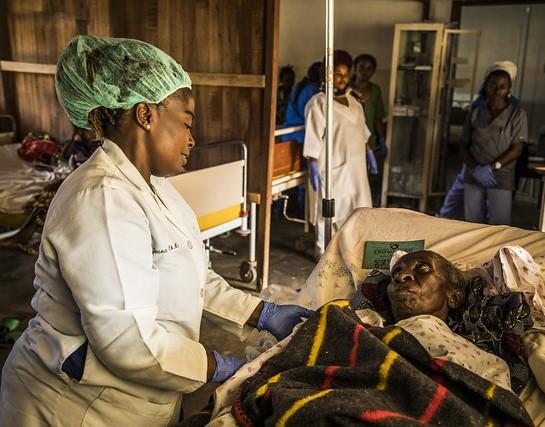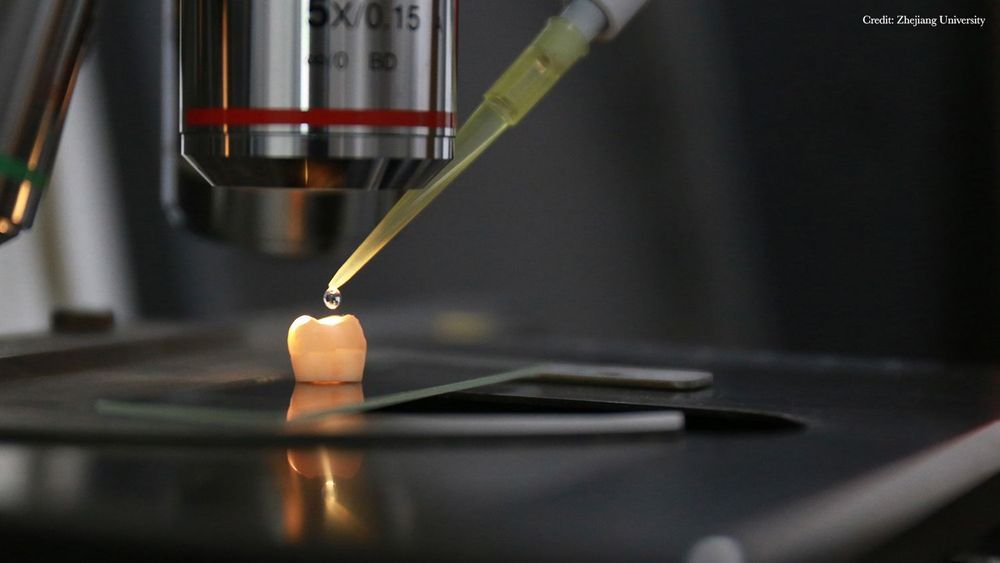Some of the leading theories of quantum gravity prohibit it, while in others, time travel happens all the time.


They could be used to create magnet grabbers or a replica T-1000.

ARLINGTON, Va. — The Army successfully tested its ability to redirect munitions in flight Aug. 28 in an experiment over the Mohave Desert involving an unmanned aircraft, smart sensors and artificial intelligence.
It was the “signature experiment for FY19” said Brig. Gen. Walter T. Rugen, director of the Future Vertical Lift Cross-Functional Team, speaking Thursday at the Association of the U.S. Army’s “Hot Topic” forum on aviation.
The experiment at Naval Air Weapons Station China Lake, California, tested a capability developed by his CFT called A3I, standing for Architecture, Automation, Autonomy and Interfaces.

San Francisco.
Gene-editing technology offers the potential to treat inherited disorders with selective edits and corrections to an afflicted individual’s genetic code. But with such molecular tinkering comes with the risk of unintended changes to the genome.
Biotech startup Trucode Gene Repair is developing technology that it claims can edit genes in a way that reduces the risk of these so-called “off-target effects.” The South San Francisco company is announcing Tuesday that it has raised $34 million to support its research. Trucode disclosed that its investors in the financing include Kleiner Perkins and GV.

Growing evidence supports the antagonistic pleiotropy theory of mammalian aging. Accordingly, changes in gene expression following the pluripotency transition, and subsequent transitions such as the embryonic–fetal transition, while providing tumor suppressive and antiviral survival benefits also result in a loss of regenerative potential leading to age-related fibrosis and degenerative diseases. However, reprogramming somatic cells to pluripotency demonstrates the possibility of restoring telomerase and embryonic regeneration pathways and thus reversing the age-related decline in regenerative capacity. A unified model of aging and loss of regenerative potential is emerging that may ultimately be translated into new therapeutic approaches for establishing induced tissue regeneration and modulation of the embryo-onco phenotype of cancer.
Keywords:
Aging is often defined as a progressive deterioration of an organism over time, wherein the risk of mortality increases exponentially with age in the postreproductive years. Although everyday environmental risks from predation or infectious disease (e.g., stochastic risks) necessarily lead to increased mortality over time, they are not considered core to the definition of the aging process per se [1,2]. Thus, an important criterion of aging is that it encompasses virtually every somatic tissue type, including the gonads (though not necessarily the germ-line cells themselves, given their role in potentially perpetuating the species) [3]. In order to distinguish the aging process from damage that occurs stochastically over time, Benjamin Gompertz described aging as a process leading to an exponential increase in mortality with time, that is, Rm = R0eat where ‘Rm’ represents the probability of mortality between ages ‘t’ and ‘t + 1’.

Over the weekend and through today, 12 more Ebola cases were confirmed in the Democratic Republic of the Congo (DRC), lifting the overall outbreak total to 3,081.
In other developments, the DRC, with support from its global health partners, launched new infection prevention and control (IPC) efforts to curb healthcare-acquired infections.

Biometric mobile wallets — payment technologies using our faces, fingerprints or retinas — already exist. Notable technology companies including Apple AAPL, +2.62% and Amazon AMZN, +0.26% await a day when a critical mass of consumers is sufficiently comfortable walking into a store and paying for goods without a card or device, according to Sinnreich, author of “The Essential Guide to Intellectual Property.”
Removing the last physical barrier — smartphones, watches, smart glasses and credit cards — between our bodies and corporate America is the final frontier in mobile payments. “The deeper the tie between the human body and the financial networks, the fewer intimate spaces will be left unconnected to those networks,” Sinnreich said.

Biomedical engineers have created an elastic glue that can seal wounds in 60 seconds.
It is a solid talk on an important message.
From cyborgs to the Sugababes, IT expert Robert Anderson talks about a world where the line between humans and machines becomes blurred. Drawing on his personal experiences of facing prejudices and bigotry while growing up, he shares his insight on how we can avoid repeating the mistakes of the past in order to create a society where humans and transhumans can live together in an open and equal manner. He urges us to take action now because as he says.
“Transhumanism is coming and it’s coming sooner than you think. We cannot afford to have the fear of the other rule this world.”
Robert Anderson has been interested in how technology can improve humans’ lives ever since he can remember. He started programming computers at age 10 and has been working in IT for the past 20 years with blue-chip companies to develop IT strategies and roadmaps.